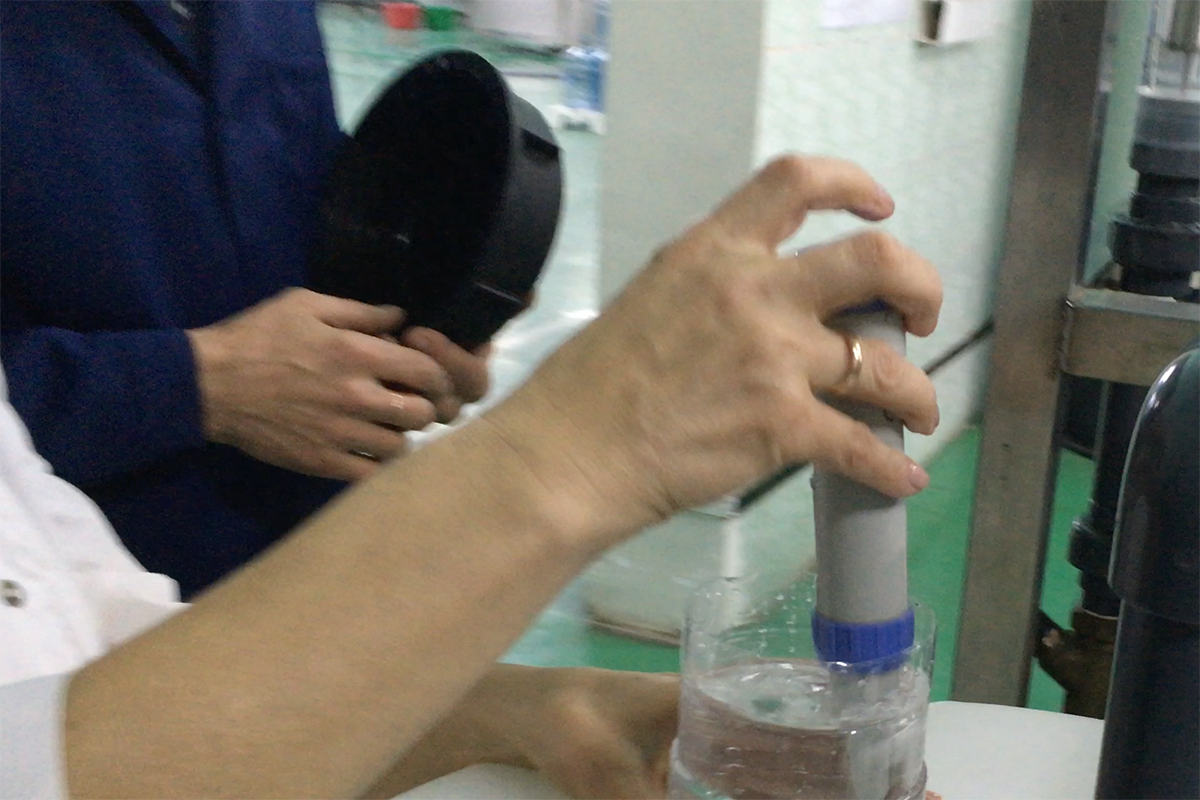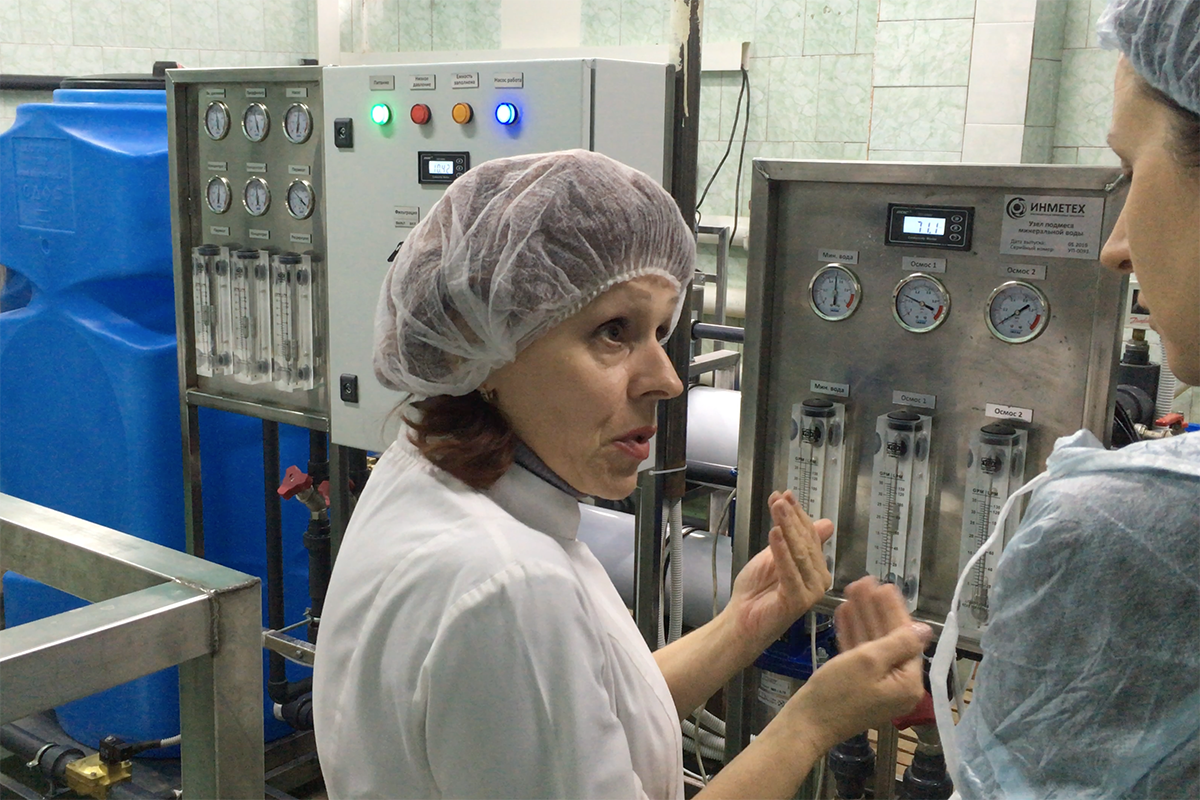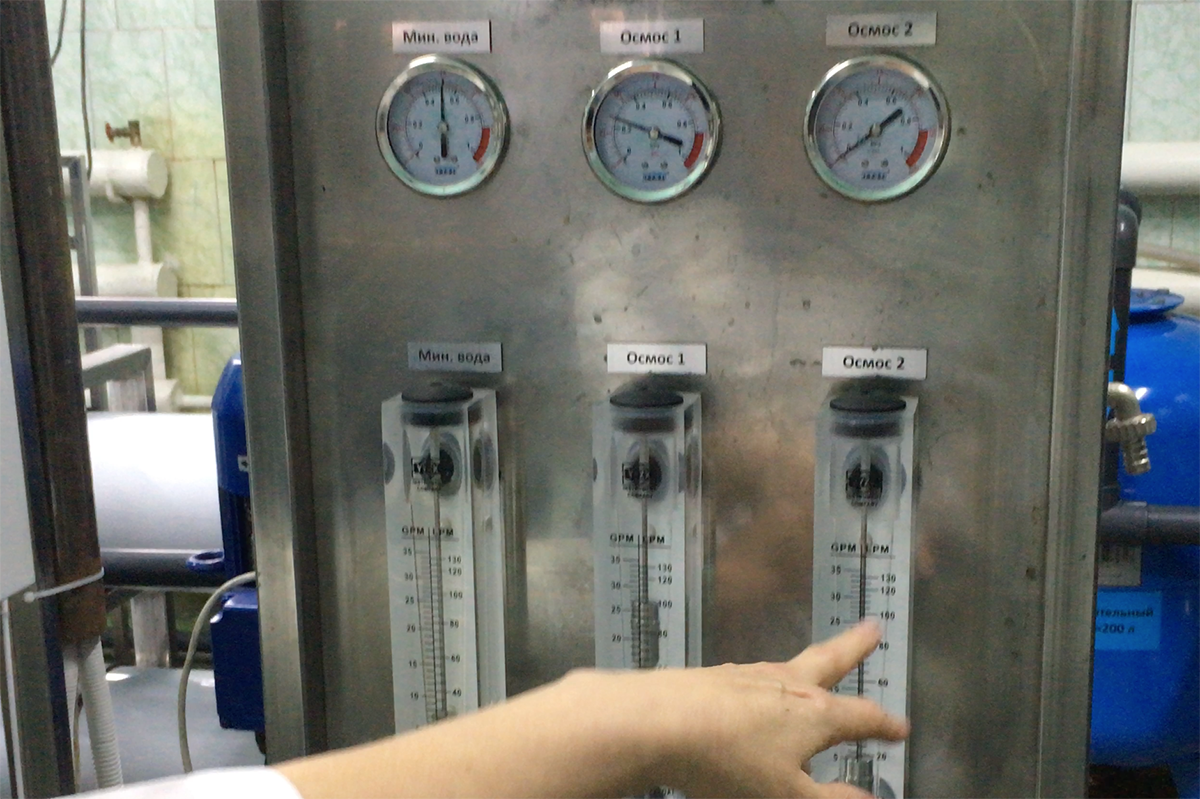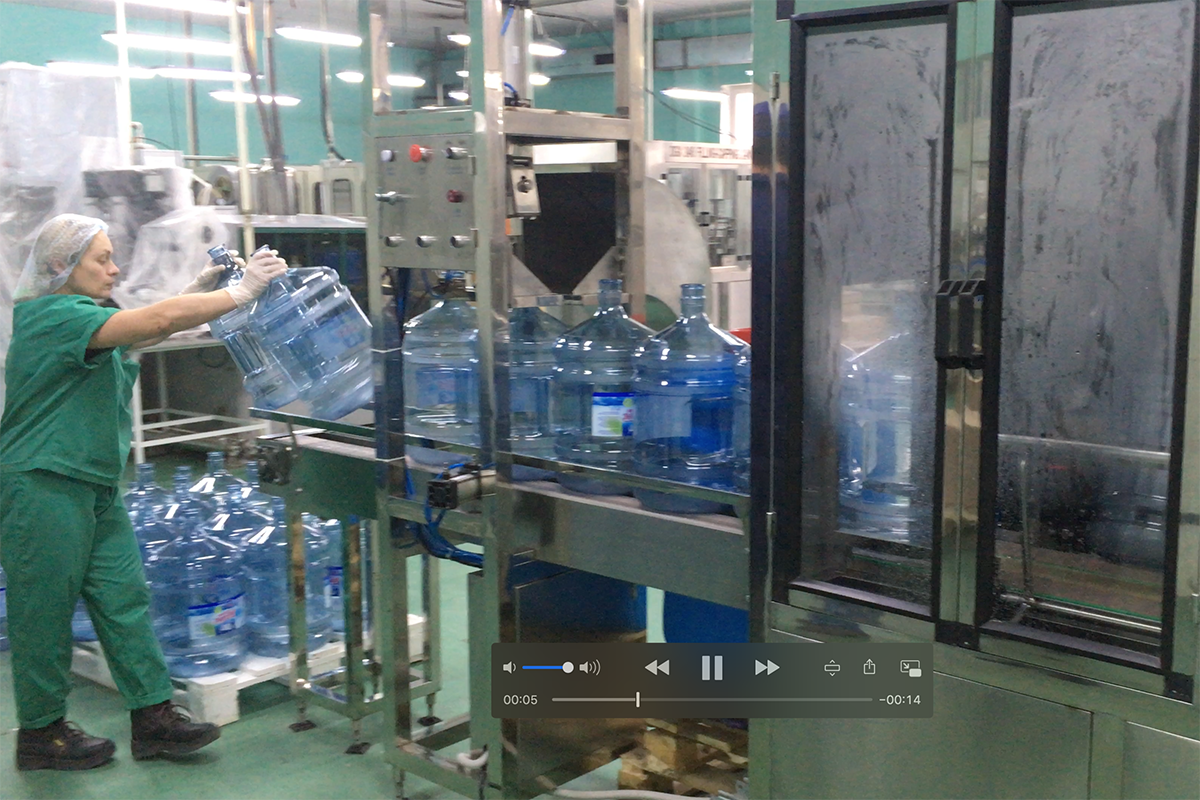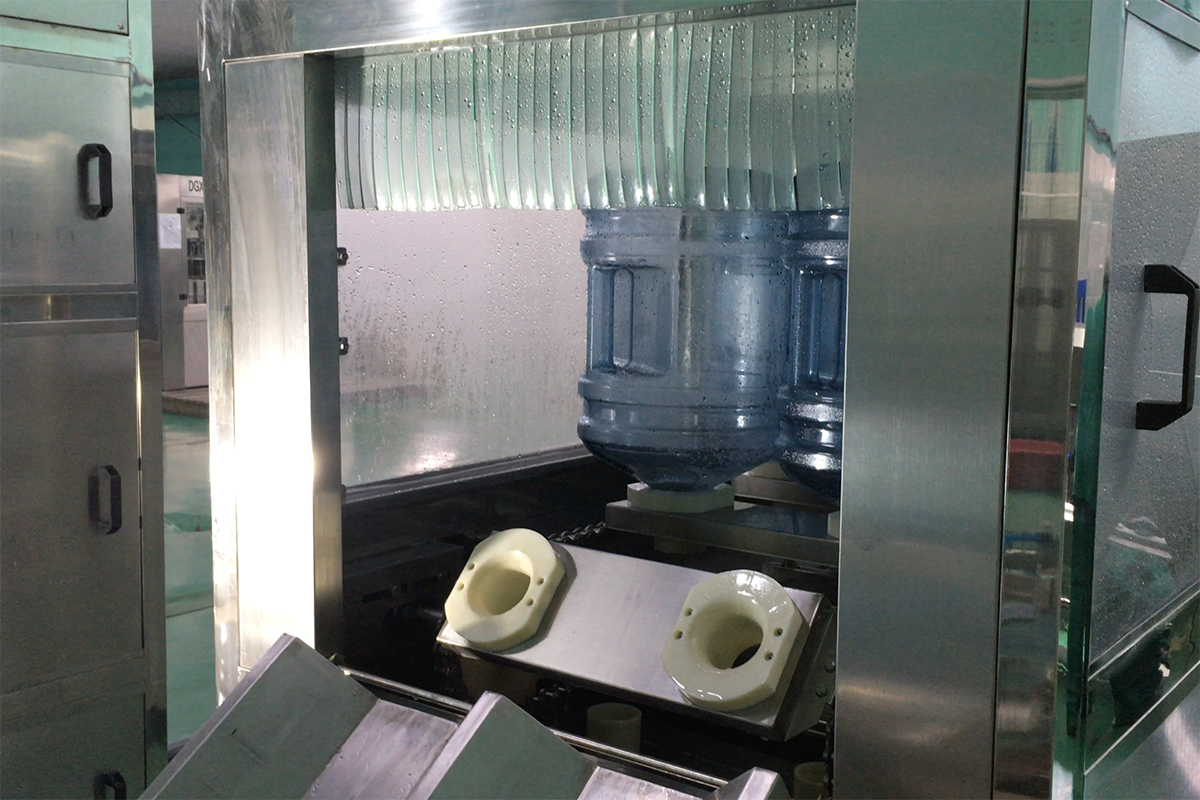The subtleties of choosing quality water
The issue of choosing drinking water is a major one not only for tea lovers. Every person who cares about their health must decide what kind of water they will drink and understand whether there is a guarantee that they are drinking a high-quality and safe product.
You may have noticed that the same tea brews differently in different waters. These include taste differences and external signs. Wanting to identify some patterns, we contacted our water supplier, where we learned much more interesting things than the effect of water on the taste of tea. Let's take it step by step!
We can receive the following types of drinking water:
- spring water;
- water supply;
- bottled.
When choosing spring water, we focus on its taste characteristics and believe in the benefits that should be provided by natural ground filtration. At the same time, we must remember what humanity contributes to the soil as a result of its activities. Of course, there are laboratory tests that indicate the permissible concentration of harmful substances and microorganisms, but the permissible concentration is not an absolute exception.
Tap water is the most accessible water in urban conditions. Chlorine is used to kill bacteria, and water hardness can be reduced with home filters or completely purified with reverse osmosis systems. All that remains is to change filters in a timely manner and think about replenishing the body with minerals, since completely purified water becomes a solvent, washing out the necessary microelements. This process is practically not monitored and can take decades, and the consequences are attributed to age-related changes in the body or poor ecology.
Bottled water is widely represented on the market under numerous brands, which means it is in demand among the population. The disadvantages of such water include its cost and the organizational issue of its delivery. The latter can also increase the final cost or lead to inconvenience due to waiting for delivery.
The price of water is generally a parameter that is difficult to control. It is determined by the following objective factors: the costs of its production, delivery to the regions, and competitors' prices. Non-objective factors include marketing and saving on quality. Ideally, in our understanding, water is extracted from a well, but tap water can also be the source. Then there is a water purification system and a bottling system.
Initially, we chose water from the brands presented on the market, focusing on taste, overall mineralization and cost. So that everyone could be sure of the quality of the water we chose, and this is the Ecobalance Soft brand, we went to the city of Yelets, directly to the production facility.
We have verified that the water is extracted from a well, from a depth of 100-120 meters, and accumulates in reservoirs. The total mineralization of such water is more than 1000 mg/liter.
You shouldn't drink such water all the time, since an excess of salts in the body does not lead to anything good, as does their deficiency. Next, the water passes through a filtration system and an ultraviolet installation. The hardness reading decreases to about 700 mg / liter, such water is called table water and can be consumed without restrictions for drinking, however, brewing tea with such water reduces the taste of the drink, and also leads to the formation of scale. Then the water flow is divided in two. One flow passes through a reverse osmosis system. The hardness readings of such water are very small, about 70 mg / liter.
To obtain water with the required mineralization, the plant chose a method of mixing osmosis water with table water in the required proportions. Water parameters are monitored every 40 minutes, this is necessary because the composition of well water in terms of salt content is not constant, which also affects the mineral composition of water after the filtration system.
There is another way to bring the composition of water to the desired parameters, when all the water is run through a reverse osmosis system and then the mineral deficiency is artificially replenished. This can be done both to ensure stable parameters of the finished product, and in the case of the impossibility of using simply filtered water for mixing due to undesirable substances in the water, which are removed only by the reverse osmosis system.
So, at the output we get ready water with a mineral composition of about 300 mg / liter. Later, during the experiment, brewing tea on water after the reverse osmosis system and comparing it with tea brewed on soft water, the following opinion was formed that for light varieties of tea, the difference in water does not significantly affect the taste, but for dark varieties of tea, water after osmosis does not allow them to open up to the full extent, the tea infusion is less dense, watery. As for scale, during the use of water of the brand "Ecobalance soft" for three years in our store in the city of Voronezh, no traces of it were found on the teapot.
It is worth noting the importance of another point, this is the cleanliness of the containers used. For washing reusable containers, the plant has a whole line for preparing them for bottling.
We hope that this information was useful and will help you lead a healthy lifestyle, and will encourage you to conduct your own experiments in the study of tea.







